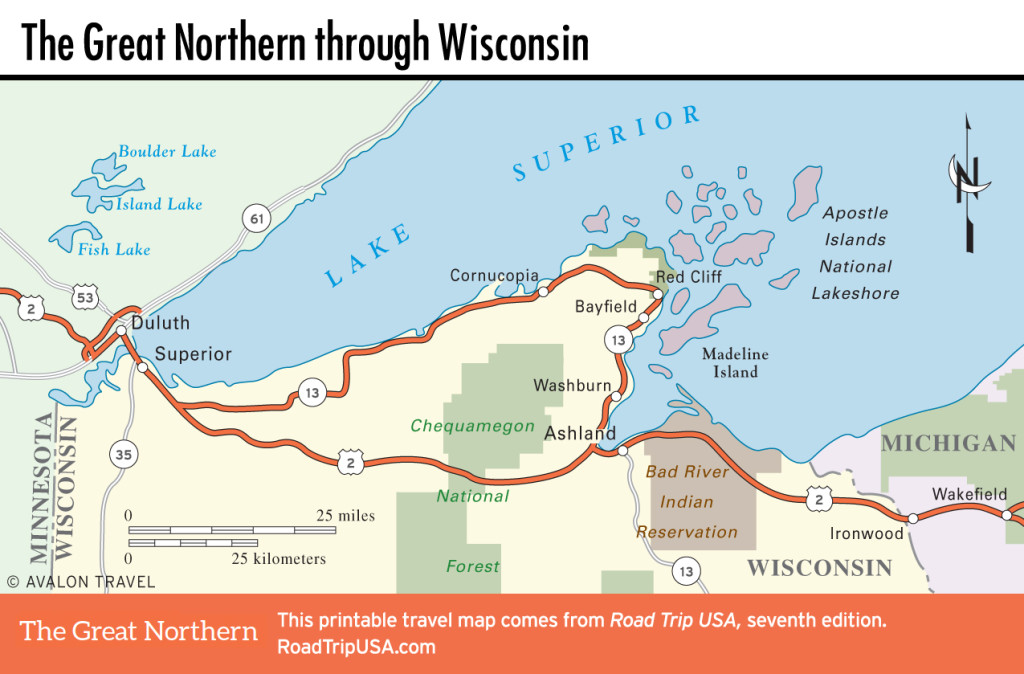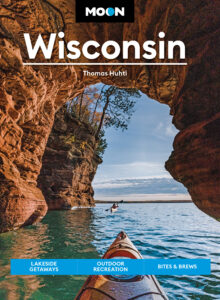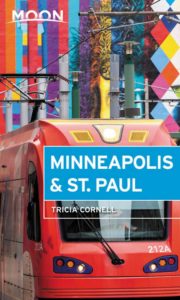Superior
Both rival and best friend of bigger Duluth across the harbor, despite the “superior” name, Superior (pop. 26,101) is often the butt of jokes, usually regarding its comparatively lower geography (which means Superior catches all of Duluth’s flotsam), its blue-collar mentality, its forests of grain elevators rather than trees, and its mountains of coal. It is also proud, along with Duluth, of being one of the busiest harbors in the nation, shipping millions of tons of ore a year from the nation’s most inland port.
Superior’s lack of pretense is perhaps its biggest attraction. The route on US-2 through the city is decidedly industrialized, featuring a seemingly endless amount—almost 30 mi (48 km)—of bay shore crowded with trains, tracks, elevators, and spindly working piers jutting out into the lake almost to the horizon. The city itself is sedate but offers a few things of historical or Great Lakes interest, including its biggest draw, Fairlawn Mansion (daily, $10 adults), the sprawling 42-room former residence of a lumber and mining baron, once an orphanage and now the main local history museum. The main stretch of US-2 through town is looked over by a stern statue of an early industrial magnate, James J. Hill, “The Empire Builder,” who made a fortune building and running the Great Northern Railway, whose tracks still parallel US-2 west to Puget Sound.
For food, try the A & W Drive In (701 Belknap St., 715/392-6125), a full service, family-oriented café on US-2, across from the UW-Superior campus, or the more local flavor of the Anchor Bar & Grill (413 Tower Ave., 715/394-9747), serving ice-cold beers and great cheap burgers since back when Nixon was in the White House. There are plenty of places to stay along the main strip through town.
Related Travel Map
















